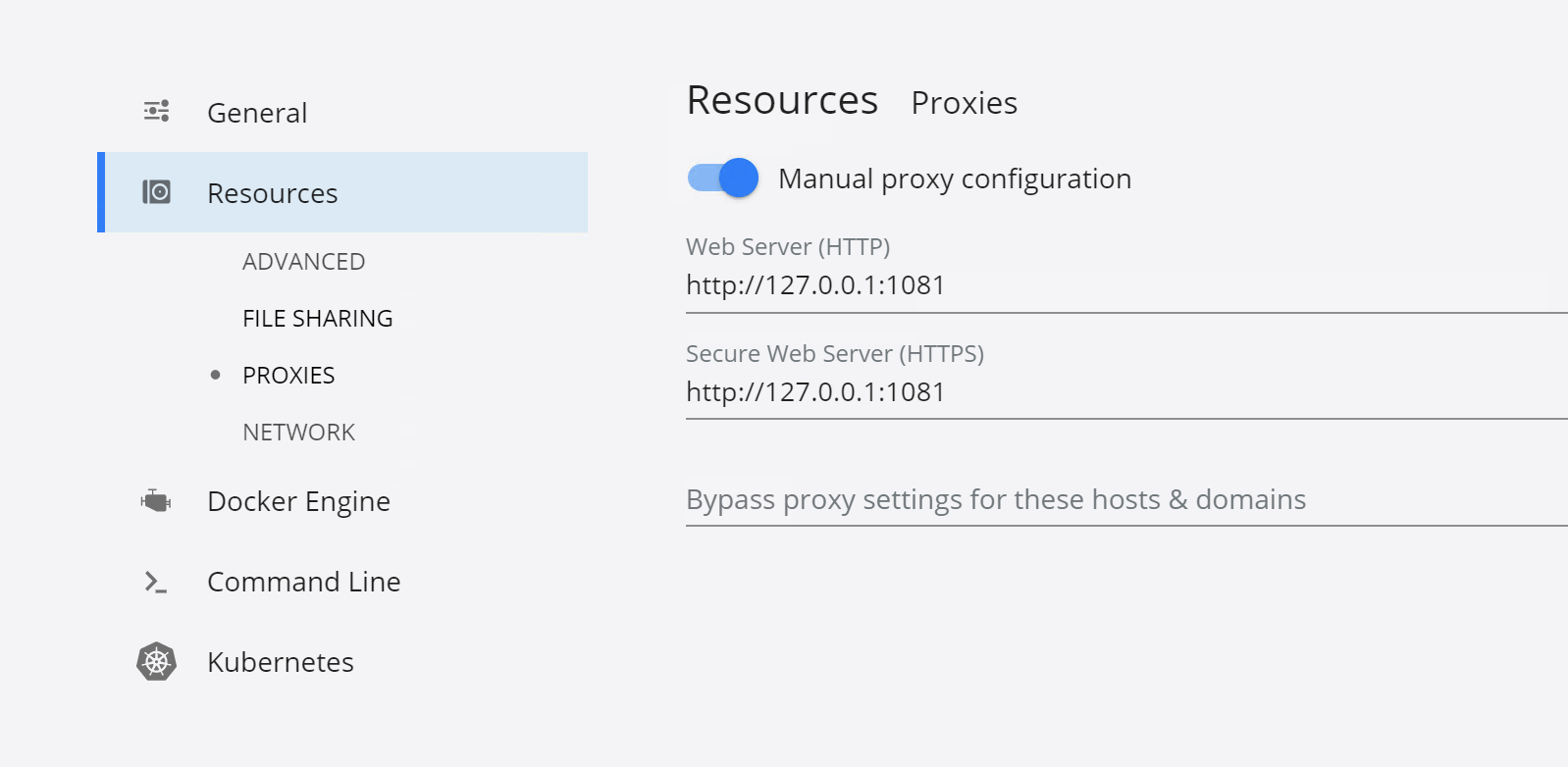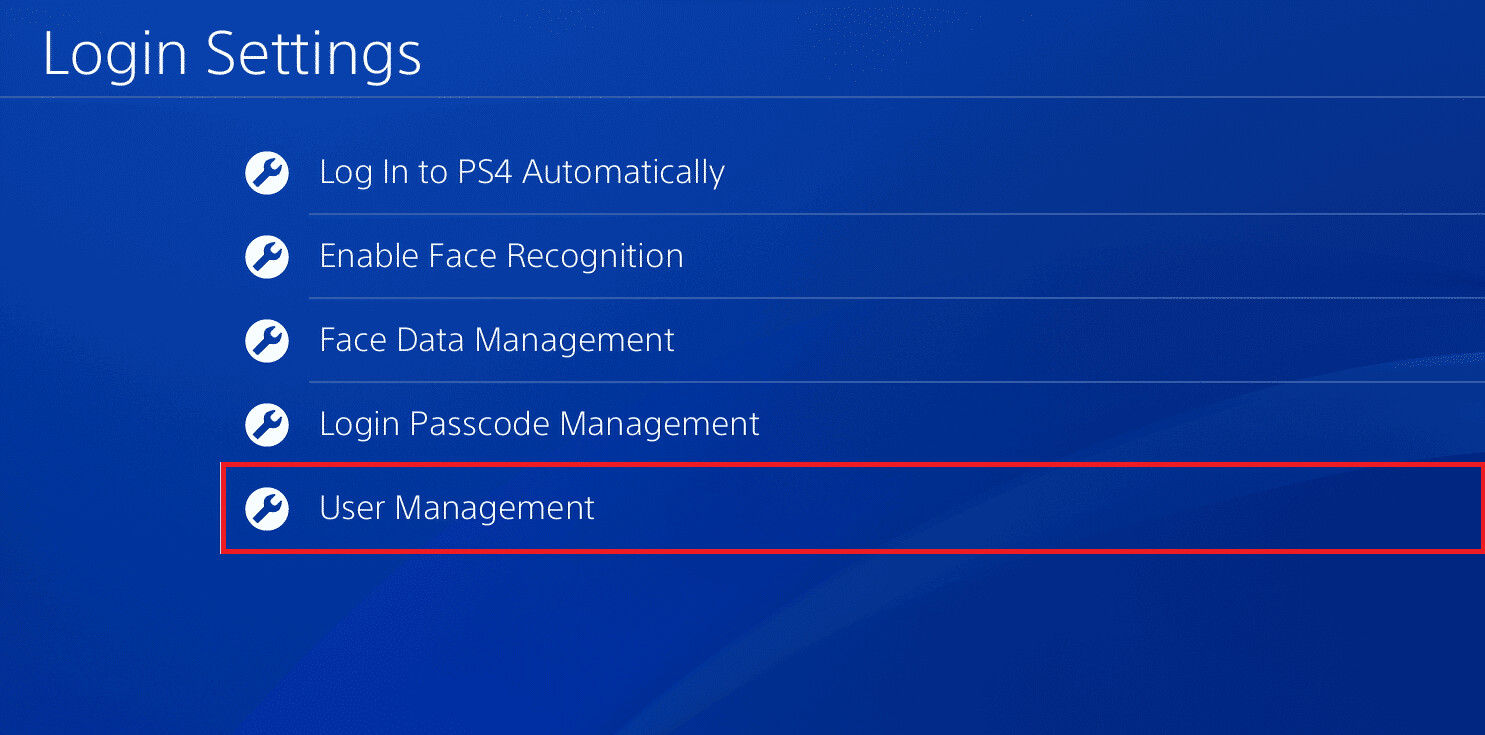Introduction
Welcome to the world of reverse proxy servers! In today’s digital landscape, where websites and applications are constantly under threat from malicious attacks and experiencing heavy traffic loads, it has become imperative to implement robust solutions that can streamline the handling of incoming requests to ensure optimal performance and enhanced security. This is where reverse proxy servers come into play.
A reverse proxy server acts as an intermediary between clients and servers, facilitating the distribution of network traffic and enabling seamless communication between them. Unlike a traditional forward proxy server that sits between clients and the internet, a reverse proxy server handles incoming requests on behalf of servers, providing an extra layer of protection and improving efficiency.
Reverse proxy servers work by accepting client requests and forwarding them to the appropriate backend server based on predefined rules and criteria. This allows for load balancing, caching, SSL termination, and other advanced functionalities that optimize the overall performance of the server infrastructure.
The benefits of using reverse proxy servers are manifold. Not only do they enhance security by shielding backend servers from direct exposure to the internet, but they also enable efficient use of server resources, improve website performance, and offer flexibility in terms of managing traffic and scaling up or down as needed. With the ever-increasing complexity of web applications and the rising demand for faster and more secure user experiences, reverse proxy servers have become indispensable tools for website administrators and IT professionals alike.
Whether you are a small business owner looking to protect your website from cyber threats, an enterprise seeking to optimize your server infrastructure, or a developer working on a complex web application, understanding the possibilities offered by reverse proxy servers is crucial.
In this article, we will delve deeper into the world of reverse proxy servers, exploring their functionality, benefits, use cases, popular software options, and important considerations to keep in mind when implementing them. So, without further ado, let’s begin our journey into the fascinating world of reverse proxy servers!
What is a Reverse Proxy Server?
A reverse proxy server is a server that sits between clients and web servers, acting as an intermediary for incoming requests. Unlike a traditional forward proxy server, which handles outgoing requests on behalf of clients, a reverse proxy server manages incoming requests, forwarding them to the appropriate backend server.
One of the primary purposes of a reverse proxy server is to improve the performance and security of web applications. By serving as the initial point of contact for clients, the reverse proxy server can handle tasks such as load balancing, caching, and SSL termination. This helps distribute network traffic efficiently across multiple backend servers, ensuring optimal performance and scalability.
From a security standpoint, a reverse proxy server acts as a shield, protecting backend servers from direct exposure to the internet. With its ability to handle and inspect incoming requests, the reverse proxy server can filter out malicious traffic, mitigate distributed denial-of-service (DDoS) attacks, and provide an additional layer of protection against other web-based threats.
Furthermore, reverse proxy servers offer flexibility in managing traffic and routing requests based on various criteria. Depending on the configuration, a reverse proxy server can route requests to specific backend servers based on geographic location, server load, or other custom rules. This allows for efficient load balancing and enables easy scaling of server infrastructure as traffic volumes fluctuate.
Another important feature of reverse proxy servers is caching. By caching static resources at the reverse proxy level, subsequent requests for those resources can be served directly from the proxy server without having to reach the backend server. This dramatically reduces latency and improves website loading times, resulting in a better user experience.
In summary, a reverse proxy server acts as an intermediary between clients and backend servers, providing load balancing, caching, and security features. It enhances website performance, improves security, and offers flexibility in managing and routing incoming requests. Whether you are running a small website or managing a complex web application, implementing a reverse proxy server can greatly enhance your infrastructure’s performance, scalability, and security.
How Does a Reverse Proxy Server Work?
Understanding how a reverse proxy server works is essential to grasping its role in the overall architecture of a web application. When a client sends a request to access a website or application, the reverse proxy server acts as an intermediary between the client and the backend server where the website or application is hosted.
The reverse proxy server receives the client’s request and examines its characteristics, such as the URL, headers, and other parameters. Based on predefined rules and configurations, the reverse proxy server then determines the appropriate backend server to forward the request to.
This selection process takes into account various factors, including load balancing algorithms, server health checks, and customizable routing rules. Load balancing algorithms distribute incoming requests evenly across multiple backend servers to ensure optimal utilization of resources and prevent any single server from being overwhelmed. By monitoring the health of backend servers, a reverse proxy server can also automatically route requests to healthy servers, ensuring uninterrupted service even in the event of server failures.
After choosing the backend server, the reverse proxy server forwards the client’s request to it. The backend server processes the request, generates a response, and sends it back to the reverse proxy server. The reverse proxy server then delivers the response to the client, making it appear as though the response came directly from the backend server.
In addition to routing requests, reverse proxy servers offer additional functionalities that enhance performance and security. Caching is one such feature. The reverse proxy server can cache static resources, such as images, CSS files, and JavaScript files. When subsequent requests for these resources are made, the reverse proxy serves them directly from its cache, reducing the load on the backend server and improving response times.
Another aspect of reverse proxy server functionality is SSL termination. In this scenario, the reverse proxy server handles HTTPS requests from clients and decrypts the incoming SSL traffic. It then forwards the request to the backend server over an internal, unencrypted connection. This offloading of SSL encryption and decryption tasks from the backend server reduces its processing load, allowing it to focus on other critical tasks.
Overall, a reverse proxy server acts as the middleman between the client and the backend server, effectively managing incoming requests, distributing traffic, and offering additional performance and security features. By intelligently routing requests and handling resource-intensive tasks, reverse proxy servers play a vital role in ensuring the smooth operation of web applications and enhancing the overall user experience.
Benefits of Using a Reverse Proxy Server
Implementing a reverse proxy server offers numerous benefits for website owners, application developers, and IT administrators. Let’s explore some of the key advantages of using a reverse proxy server:
Enhanced Security: A reverse proxy server acts as a buffer between clients and backend servers, providing an additional layer of protection. It can filter out malicious traffic, block suspicious IP addresses, and mitigate various types of attacks, including distributed denial-of-service (DDoS) attacks. By obscuring the backend server’s true identity, a reverse proxy server adds an extra level of security to the infrastructure.
Improved Performance: Reverse proxy servers employ load balancing algorithms to distribute incoming requests across multiple backend servers. This ensures that no single server is overwhelmed with excessive traffic, resulting in improved performance and faster response times. Additionally, reverse proxy servers can cache static resources, reducing the load on backend servers and enhancing overall website performance.
Scalability: With the ability to distribute traffic and balance the load across multiple backend servers, reverse proxy servers facilitate horizontal scaling. As traffic volume increases, additional backend servers can be added to the server pool, allowing the infrastructure to handle the increased load seamlessly. This scalability ensures that websites and applications can accommodate growing user bases without sacrificing performance.
Flexibility in Traffic Management: Reverse proxy servers provide flexibility in managing incoming traffic and routing requests based on various criteria. They can route requests based on geographic location, directing clients to servers that are closest to them. Additionally, routing rules can be configured to distribute traffic based on server load, ensuring that incoming requests are evenly distributed across available resources.
SSL Termination: Reverse proxy servers can handle SSL encryption and decryption tasks, a process known as SSL termination. By offloading these resource-intensive tasks from backend servers, the proxy server reduces the processing load on the backend infrastructure, allowing it to focus on executing critical tasks. This helps improve overall server performance and capacity.
Single Point of Entry: A reverse proxy server acts as a single point of entry for client requests, simplifying network configuration and management. This allows for centralized control over access, security, and routing policies. It also aids in implementing additional security measures, such as Web Application Firewalls (WAFs), Intrusion Detection Systems (IDS), and other security layers.
By leveraging a reverse proxy server, organizations can enjoy improved security, enhanced performance, scalability, and flexibility in managing traffic. These benefits are crucial for ensuring the reliability, availability, and speed of websites and applications, ultimately creating a positive user experience.
Use Cases for Reverse Proxy Servers
Reverse proxy servers have a wide range of use cases across various industries and applications. Let’s explore some of the common scenarios where reverse proxy servers are utilized:
Load Balancing: One of the primary use cases for reverse proxy servers is load balancing. By distributing incoming requests across multiple backend servers, reverse proxy servers ensure that each server handles its fair share of traffic. This avoids overloading a single server and improves overall performance and response times, especially in high-traffic scenarios.
Web Application Delivery: Reverse proxy servers are often used in delivering web applications, especially when the applications are spread across multiple backend servers. The reverse proxy acts as a single entry point for clients, routing their requests to the appropriate backend server based on predefined rules. This helps ensure efficient application delivery and optimal server utilization.
Application Security: Reverse proxy servers play a vital role in enhancing the security of web applications. They act as a shield, protecting backend servers from direct exposure to the internet. Reverse proxy servers can be configured to perform functions like filtering out malicious traffic, blocking suspicious IP addresses, and intercepting and analyzing requests for potential security threats. This helps safeguard web applications against attacks such as DDoS, SQL injection, and cross-site scripting.
SSL Offloading: Managing SSL certificates and performing SSL encryption and decryption on backend servers can be resource-intensive. Reverse proxy servers can handle SSL termination, offloading the burden of SSL encryption and decryption from backend servers. This improves their performance and allows them to focus on processing critical application tasks.
Content Caching: Reverse proxy servers can cache static resources, such as images, CSS files, and JavaScript files, reducing the load on backend servers. By caching frequently accessed content at the proxy server level, subsequent requests for the same content can be served directly from the cache, minimizing response times and improving overall website performance.
High Availability and Fault Tolerance: Reverse proxy servers can be configured to provide high availability and fault tolerance for web applications. By monitoring backend servers’ health and automatically routing requests to healthy servers, reverse proxies ensure uninterrupted service even in the event of server failures. This helps minimize downtime and ensures a seamless user experience.
Microservices Architecture: Reverse proxy servers are commonly used in microservices architectures, where different components of an application are deployed as separate services. Reverse proxies can act as gateways, aggregating and routing requests to respective microservices based on predefined rules. This helps facilitate service discovery, load balancing, and communication between microservices.
These are just a few examples of the myriad use cases for reverse proxy servers. Whether it’s load balancing, improving security, managing SSL, caching content, ensuring high availability, or supporting microservices architectures, reverse proxies are a versatile tool that helps optimize and secure web applications across industries.
Popular Reverse Proxy Server Software
Several reverse proxy server software options are available, each with its own set of features and capabilities. Let’s take a look at some of the most popular ones:
Nginx: Nginx is a high-performance, open-source reverse proxy server that has gained widespread popularity. Known for its speed and scalability, Nginx can handle a large number of concurrent connections with low memory usage. It offers advanced load balancing, caching, SSL termination, and HTTP/2 support.
Apache HTTP Server: Apache HTTP Server, commonly known as Apache, is a popular open-source web server that can also function as a reverse proxy server. Apache provides a comprehensive set of features, including proxying, load balancing, caching, and SSL termination. Its modular architecture allows for easy customization and extension.
HAProxy: HAProxy is a powerful, high-performance TCP/HTTP load balancer and reverse proxy server. It offers advanced load balancing algorithms, support for SSL/TLS termination, session persistence, and health checks. HAProxy is renowned for its efficiency and is widely used in high-traffic environments.
Microsoft Internet Information Services (IIS): IIS is a web server and reverse proxy server software developed by Microsoft. It is commonly used on Windows servers and supports various features, including ARR (Application Request Routing) for reverse proxy functionality, SSL termination, load balancing, and caching. IIS provides seamless integration with other Microsoft technologies.
Envoy: Envoy is a modern, cloud-native reverse proxy and service mesh designed to handle the complexities of microservices architectures. It offers advanced load balancing, observability, security features, and extensibility. Envoy is highly configurable and has gained popularity in cloud-native environments.
Traefik: Traefik is an open-source reverse proxy and load balancer designed for modern microservices architectures and container environments. It integrates seamlessly with popular container orchestration platforms like Docker, Kubernetes, and Swarm. Traefik offers automatic service discovery, dynamic configuration, SSL termination, and traffic routing features.
Caddy: Caddy is a lightweight, open-source web server and reverse proxy server that aims to be easy to use and highly extensible. It provides automatic SSL/TLS certificate management, HTTP/2 support, and a simple configuration syntax. Caddy is known for its user-friendly interface and strong focus on security.
These are just a few examples of popular reverse proxy server software options. The choice of reverse proxy server software depends on specific requirements, scalability needs, integration capabilities, and the overall architecture of your infrastructure. It’s important to evaluate each option and select the one that best suits your application’s needs.
Considerations When Using a Reverse Proxy Server
While reverse proxy servers offer numerous benefits, it’s important to consider certain factors when implementing them. Let’s explore some key considerations:
Configuration and Setup: Setting up a reverse proxy server requires careful configuration to ensure compatibility with the backend servers and the desired functionalities. Consider the specific requirements of your application and choose a reverse proxy server software that offers the necessary features and ease of configuration.
Load Balancing Strategy: Selecting an appropriate load balancing strategy is crucial for efficient distribution of traffic. Evaluate the different load balancing algorithms offered by the reverse proxy server software and choose the one that best fits your application’s needs. Factors to consider include request distribution methods, session persistence options, and server health checks.
Security Considerations: While reverse proxy servers enhance security, it’s important to configure them properly to mitigate potential risks. Ensure that the reverse proxy server is protected against unauthorized access and implement security measures like access controls, firewalls, and intrusion detection systems. Regularly updating the reverse proxy server software and monitoring for security vulnerabilities is also essential.
SSL/TLS Offloading: When implementing SSL/TLS offloading, consider the trade-offs between security and performance. While offloading SSL encryption and decryption to the reverse proxy server can improve backend server performance, ensure that appropriate security measures are in place to protect the connection between the reverse proxy and the backend servers.
Monitoring and Performance Optimization: Implement monitoring tools to track the performance of the reverse proxy server and backend servers. Regularly monitor key metrics like response time, server utilization, and error rates. Optimize performance by fine-tuning caching settings, load balancing algorithms, and server configurations based on performance insights.
High Availability and Scalability: Consider implementing redundancy and failover mechanisms for high availability. Configure multiple reverse proxy servers in a load-balanced setup to ensure uninterrupted service in case of hardware or software failures. Evaluate the scalability options of the reverse proxy server software to handle increasing traffic and dynamically adjust the server resources as needed.
Support and Documentation: Ensure that the reverse proxy server software has a strong support system and comprehensive documentation. This will help troubleshoot issues, answer questions, and stay updated with the latest features and best practices. Engage with the community and seek assistance when needed.
Application Compatibility: Verify that the reverse proxy server is compatible with the specific web application or framework your organization is using. Some applications may have specific requirements or configurations that need to be considered when setting up the reverse proxy server.
Regulatory Compliance: If your application processes sensitive data or falls under specific industry regulations, ensure that the reverse proxy server meets the necessary compliance requirements. This may include features like logging, encryption, and data protection measures.
By carefully considering these factors and addressing them during the planning and implementation stages, you can ensure a successful deployment of a reverse proxy server that optimizes performance, enhances security, and improves the overall user experience.
Conclusion
Reverse proxy servers play a crucial role in optimizing the performance, scalability, and security of web applications. By acting as intermediaries between clients and backend servers, reverse proxies protect the server infrastructure from direct exposure, distribute traffic efficiently, and offer additional functionalities like caching and SSL termination.
Throughout this article, we have explored the concept of reverse proxy servers and delved into their functionality, benefits, use cases, popular software options, and important considerations. Understanding these aspects is essential for website administrators, developers, and IT professionals looking to improve their infrastructure’s performance, security, and flexibility.
Implementing a reverse proxy server allows organizations to enhance their security posture by filtering out malicious traffic, mitigating DDoS attacks, and providing an additional layer of protection. The load balancing capabilities distribute traffic evenly across backend servers, ensuring optimal utilization of resources and improved performance.
Reverse proxy servers also facilitate scalability, allowing organizations to handle increasing traffic volumes by horizontally scaling their server infrastructure. With caching capabilities, these servers can also optimize response times by serving frequently accessed content directly from their cache.
When considering reverse proxy server options, it is important to evaluate popular software solutions such as Nginx, Apache HTTP Server, HAProxy, Microsoft IIS, Envoy, Traefik, and Caddy. Each option has its own unique features and strengths, so it is crucial to select the one that best aligns with the specific requirements and architecture of your web application.
However, it’s important to remember that implementing a reverse proxy server requires careful configuration, security considerations, and monitoring. It is essential to factor in aspects such as load balancing strategies, SSL/TLS offloading, performance optimization, high availability, and compliance requirements.
In conclusion, reverse proxy servers are powerful tools that enhance the performance, security, and scalability of web applications. By distributing traffic, optimizing resource utilization, and providing an additional layer of protection, reverse proxies play a vital role in delivering fast, secure, and reliable user experiences. As the digital landscape continues to evolve, implementing a well-designed reverse proxy server can address the challenges of modern web applications and provide a solid foundation for success.

























